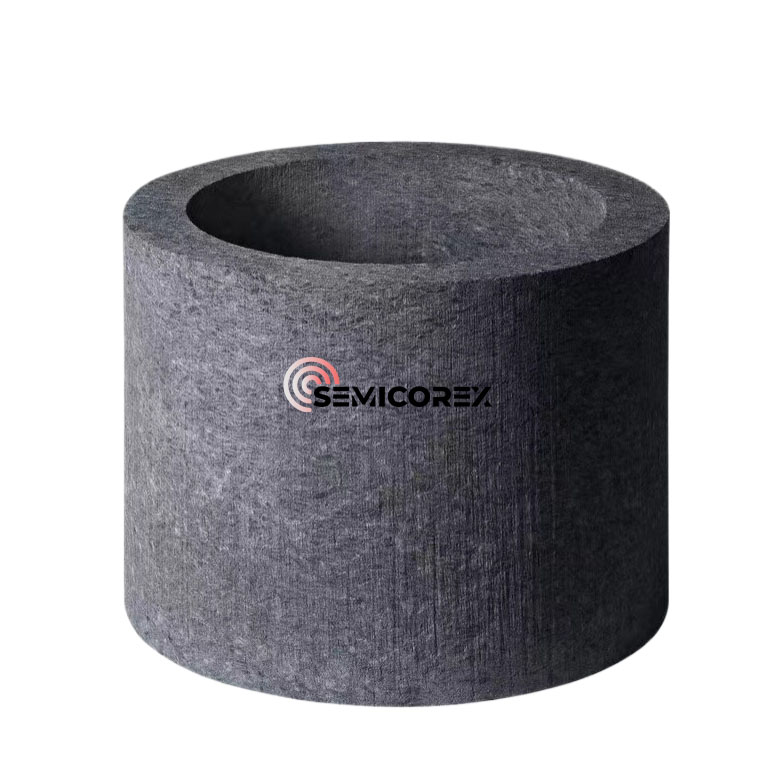Carbon Insulation Felt: High-Performance Thermal Shielding for Extreme Environments
2025-05-12
Carbon insulation felt is a high-performance material widely used in industries that demand exceptional thermal stability, chemical resistance, and lightweight insulation. Made primarily from carbon fiber or graphite-based precursors, this non-woven, flexible felt provides outstanding thermal insulation in high-temperature environments—making it ideal for applications in metallurgy, aerospace, semiconductors, and vacuum furnaces.

What Is Carbon Insulation Felt?
Carbon insulation felt is a soft, lightweight insulation material composed of carbon fibers that are processed into a non-woven fabric through needling or bonding techniques. Depending on the application, it can be further treated to enhance oxidation resistance or converted into graphite felt through heat treatment at temperatures above 2000°C.
There are two common types:
Carbon Felt: Carbonized below 2000°C, used in inert or vacuum environments up to \~1200°C.
Graphite Felt: Graphitized above 2000°C, suitable for ultra-high-temperature conditions up to 3000°C in vacuum or inert atmospheres.
Key Features and Advantages
1. High Temperature Resistance
Capable of withstanding extreme heat (up to 3000°C in inert atmospheres), making it ideal for high-temperature insulation.
2. Low Thermal Conductivity
Excellent insulating properties help reduce heat loss and improve energy efficiency in furnaces and reactors.
3. Lightweight and Flexible
Easy to cut, shape, and install—even in tight or complex configurations.
4. Chemical Stability
Inert in most environments and resistant to most acids and alkalis when properly treated.
5. Low Outgassing
Suitable for ultra-clean or vacuum applications like semiconductor processing.
6. Customizable Formats
Available in rolls, sheets, or as part of multi-layer insulation systems.
Typical Applications
Vacuum and Inert Gas Furnaces: Used as thermal lining to minimize heat loss and protect internal components.
Semiconductor Manufacturing: Ideal for high-purity, low-contamination environments.
Aerospace and Defense: Used for thermal insulation in propulsion systems and high-altitude aircraft.
Metallurgical Industry: Suitable for sintering, annealing, and crystal growth processes.
Energy Storage: Utilized in high-temperature batteries and fuel cells.
Considerations for Use
Atmosphere: Carbon felt must be used in non-oxidizing environments unless treated with an oxidation-resistant coating.
Handling: Though soft and flexible, protective gear is recommended when handling to avoid fiber irritation.
Customization: Can be laminated with other materials or machined into shapes for specific design requirements.
Conclusion
Carbon insulation felt offers a reliable and efficient solution for thermal management in extreme industrial environments. Its combination of high-temperature stability, low thermal conductivity, and material flexibility makes it indispensable for advanced manufacturing, aerospace, and energy sectors. As technology evolves, the demand for advanced insulation materials like carbon felt will only grow, driven by the need for energy efficiency and operational safety in high-temperature applications.


